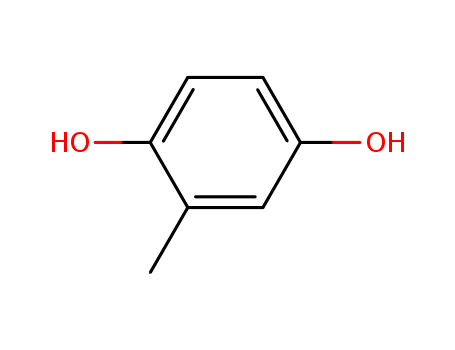10.1055/s-2004-829118
The research aims to develop a new and simple method for synthesizing symmetrical 1,4-diketones from α-halo ketones using zinc and iodine as condensation agents. The study reports the successful preparation of eleven 1,4-diphenylbutane-1,4-diones from corresponding α-halo acetophenones under mild conditions (65 °C) with moderate to high yields. The key chemicals used include various α-halo ketones such as 2-bromo-1-phenyl-ethanone and 2-bromo-4'-chloroacetophenone, along with zinc dust and a small amount of iodine. The reaction mechanism is explained through a Wurtz-like self-condensation pathway, where the initial reduction of α-bromo ketones by zinc forms enolate-like anions, which then attack another α-carbon of the ketone to form the 1,4-diketone products. The study concludes that this method is advantageous due to its mild reaction conditions and higher yields compared to previous methods, making it a useful approach for the preparation of functionalized symmetrical 1,4-diketones, which are important intermediates in the synthesis of five-membered carbocyclic and heterocyclic compounds.
10.1021/ol901004e
The study presents a biomimetic synthesis of the dimeric metabolite acremine G, which was achieved through a highly regioselective and stereoselective Diels-Alder reaction between a TBS-protected hydroquinone diene and a structurally related alkenyl quinone. The synthesis involved the use of various chemicals, including toluhydroquinone as the starting material, iodine and silver trifluoroacetate for selective iodination, palladium(II) acetate and triphenylphosphine for the Heck coupling reaction, acetyl chloride and pyridine for dehydration to form the diene, and potassium fluoride, hydrobromic acid, and acetic acid for deprotection steps. These chemicals served the purpose of constructing the necessary precursors and facilitating the key Diels-Alder reaction, which led to the formation of acremine G after a series of transformations and deprotection steps. The study also proposed a mechanism for the oxidation of intermediates to acremine G, suggesting a radical pathway involving electron transfer to molecular oxygen.



 Xn,
Xn,  Xi
Xi


